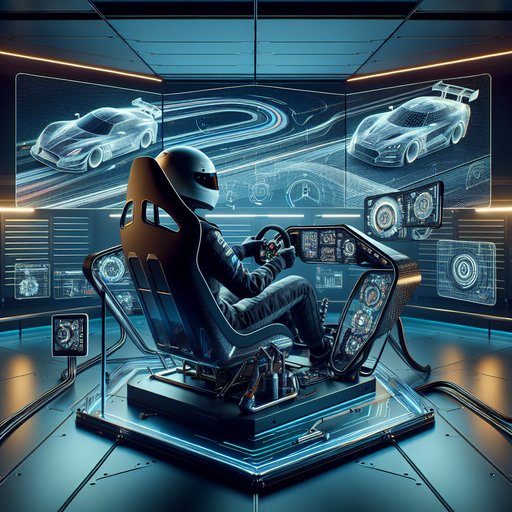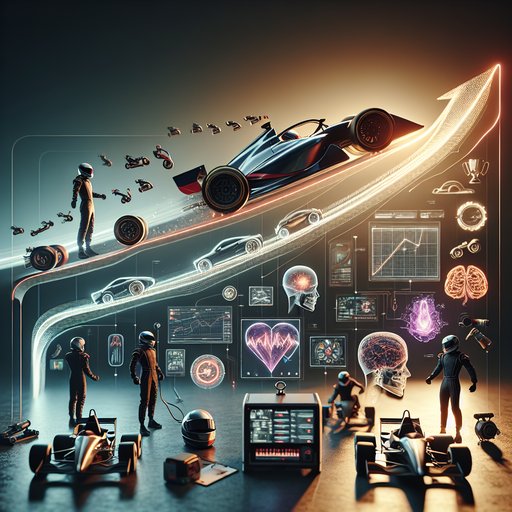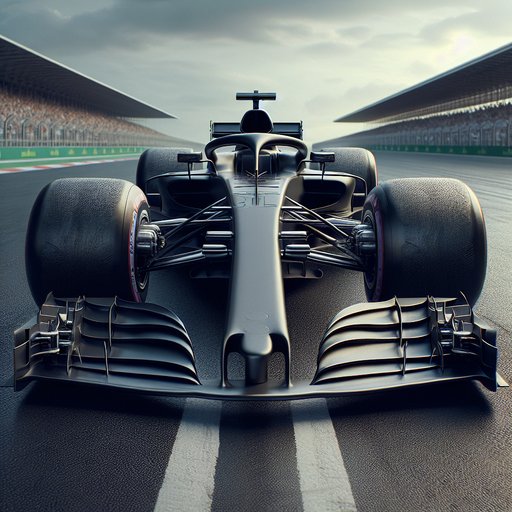
Formula 1 evolves by decree. Each sweeping rewrite of the regulations—whether banning ground effect in the 1980s, outlawing electronic driver aids in the 1990s, ushering in hybrids in 2014, or enforcing cost caps in the 2020s—reshapes the competitive map and the technology beneath it. Teams do not merely comply; they reinterpret, retool, and reorganize, turning constraints into competitive advantage. The history of the sport is best understood through these inflection points, where safety, spectacle, and sustainability demands converge and the fastest thinkers gain a crucial head start.

Formula 1’s relationship with simulation has evolved from spreadsheet lap-time models and shaker rigs into immersive driver‑in‑the‑loop laboratories that reproduce circuits with striking fidelity. With in‑season testing heavily restricted since the late 2000s and power‑unit, aerodynamics, and tyre behavior growing ever more complex, teams turned to simulators to bridge the gap between design intent and track reality. The result is a quiet revolution: drivers learn circuits and procedures without burning a liter of fuel, while engineers iterate setups, aeromaps, and energy deployment strategies days or months before a car turns a wheel. This synergy between human perception and high‑performance computation has reshaped how winning pace is found in modern Grand Prix racing.

Becoming a Formula 1 driver is no longer a tale of raw talent alone; it is a carefully engineered journey that blends karting fundamentals, a structured ladder of single‑seater series, elite simulator work, and cutting‑edge sports science. With in‑season testing tightly restricted, teams rely on virtual development and data‑driven coaching to accelerate learning, while athletes train like endurance sprinters to withstand the forces and heat of a modern Grand Prix. Mental preparation underpins it all, from managing complex car systems to thriving under constant scrutiny. This is the contemporary blueprint that molds young racers into complete competitors ready for motorsport’s highest level.

Tires are the only part of a Formula 1 car that touch the track, and that thin contact patch has steered the sport’s technical direction, strategy, and spectacle for decades. From the fierce Bridgestone–Michelin rivalry of the early 2000s to Pirelli’s era of engineered degradation, rubber chemistry and construction have shaped how drivers attack, how teams plan, and how championships are won. Rule changes around slicks and grooves, temperature limits, and compound allocation are not background details; they are central to how modern F1 races unfold. Understanding tires is understanding how F1 evolved from flat‑out sprints to a chess match of grip management, pit windows, and split‑second decisions.























































